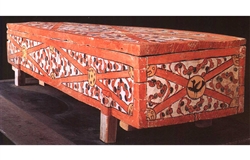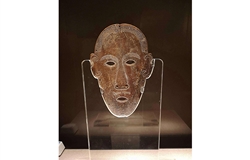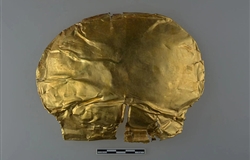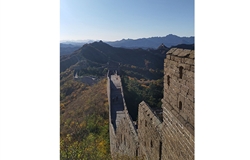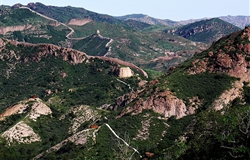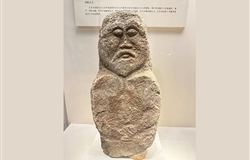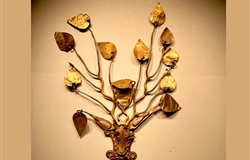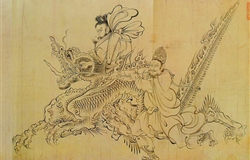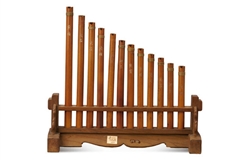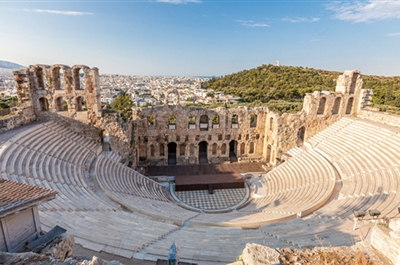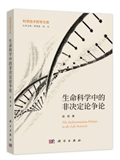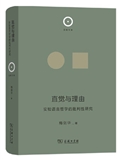Culture
-
The tradition of painting coffins is deeply rooted in Han culture, and the origin of the lian-bi patterns can be traced back to the Central Plains. …[详细]03-21-2024
-
Red pottery bowls covering the faces of the deceased were unearthed from tombs of the Dawenkou culture in the coastal areas of Jiangsu Province. The…[详细]03-14-2024
-
The significance of gold artifacts appears to have been overshadowed by that of jade in traditional Chinese culture. However, the gold items unearth…[详细]03-14-2024
-
China’s Great Wall dates back as early as to the Spring and Autumn period.[详细]03-08-2024
-
The Northern Dynasties powers around the Yellow River basin repaired, rebuilt, or expanded sections of the Great Wall.[详细]03-09-2024
-
The Steppe Silk Road, an integral component of the famed Silk Road network, served as a vital trade conduit linking the Mongolian steppe region with…[详细]03-01-2024
-
The Steppe Silk Road was one of the key conduits for trade and cultural exchange across the vast Eurasian steppes, historically consisting of the no…[详细]03-01-2024
-
But “Journey to the West” is unusual in that it has a reach far beyond East Asian audiences, again through adaptations, mainly TV series, mainly J…[详细]02-22-2024
-
The dragon, or long in Chinese, is the only mythical creature among the 12 Chinese zodiac signs. Embedded in legendary tales for millennia, it is …[详细]02-07-2024
-
Traditional Chinese music is based on a pentatonic scale, with the earliest record of this five-tone scale dating back 2,600 years.[详细]02-01-2024
- In 221 BCE, the Qin wars of conquest brought an end to the Warring States Period, a tumultuous era marked by…MORE
- The tradition of painting coffins is deeply rooted in Han culture, and the origin of the lian-bi patterns ca…MORE
- China’s Great Wall dates back as early as to the Spring and Autumn period.MORE
- The Miaodigou culture was viewed as the heyday of painted pottery.MORE
- Xu Zhimo was known for his efforts to set Chinese poetry free from the constraints of its traditional forms,…MORE
-
Let me state that I am against a certain “apologetic” stance taken by the entire field of the humanities r…[详细]

